Trans-Afghan Corridor: A new pivot in Eurasian transit networks The race for regional influence
The new transport route is expected to become wide gates for goods in Central and South Asia. But is it easy to achieve a balance of interests among all parties at this global transport crossroads?
Central Asia is moving toward the ocean
On July 17, 2025, a framework agreement was signed in Kabul between Afghanistan, the Islamic Republic of Pakistan, and the Republic of Uzbekistan on the development of a feasibility study (technical and economic justification) for the Trans-Afghan railway. The project concerns a 681 km section along the route Termez (Uzbekistan) — Naibabad (Afghanistan) — Maidan Shahr (Afghanistan) — Logar (Afghanistan) — Harnai (Pakistan). This is the so-called Kabul Corridor, providing access to the sea via the Pakistani port of Karachi and other ports.
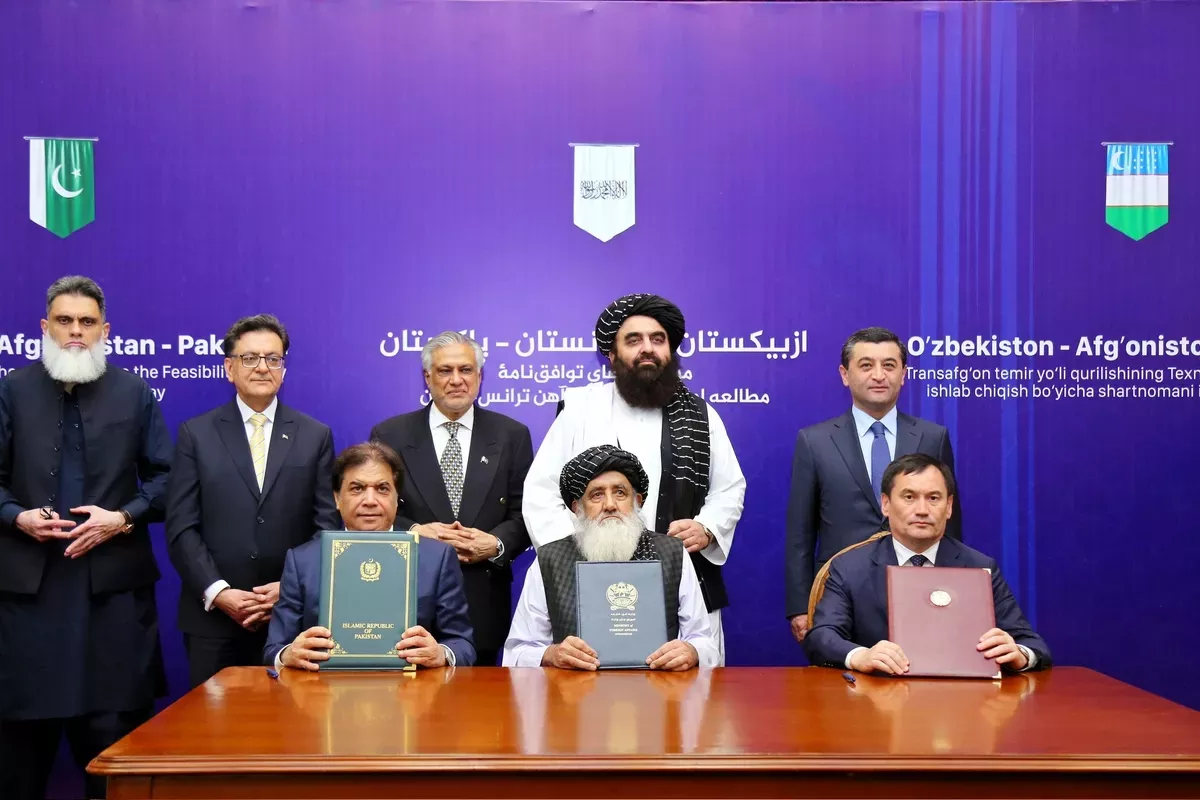
The railway is planned to be completed by 2027 (according to other sources — by 2030), with the expected freight volume reaching up to 20 million tons per year. Earlier, the project's cost was estimated at 4.8 billion US dollars.
A tripartite coordination committee is also planned to be established to manage the project. Freight transportation via the Trans-Afghan Corridor (TAC) will take only 3–5 days instead of the current 35 days, and the cost of container transport could drop by a factor of three. It is expected that the development of railway infrastructure in Afghanistan will contribute to job creation and the growth of sectors such as agriculture and industry.
There is also an alternative route Mazar-i-Sharif — Herat — Kandahar, passing through the western provinces of Afghanistan, known as the Kandahar Corridor. It is supported by several countries, including Azerbaijan, Kazakhstan, Turkmenistan, and Türkiye.
Ashgabat and Astana are also promoting the concept of the Turghundi–Herat–Kandahar–Spin Boldak route. In September 2024, Turkmenistan began construction of a branch from the Turghundi border crossing to Herat. Iran, in turn, plans to connect to the future Afghan railway network by building a line from the city of Khaf to Herat.
The Taliban movement, currently in power in Afghanistan, supports both routes. In 2023, alongside the construction of the Kabul Corridor railway lines, the building of the Mazar-i-Sharif — Herat — Kandahar line (1,468 km) was also approved in Kabul.
Clearly, this approach allows the Afghan authorities to diversify their transport policy and reduce logistical dependence on individual neighbors. Considering that the Kandahar Corridor includes a branch to the Iranian border, it can operate in several directions simultaneously.
Overall, the intensive construction of railways in Afghanistan creates conditions for connecting Central Asia with South Asia, and East Asia with West Asia. In the future, the Trans-Afghan corridors could become a new efficient route from Asia to Europe.
For landlocked Central Asian countries, such corridors will open access to the Pakistani ports of Karachi and Gwadar, as well as to the Iranian maritime terminals of Bandar Abbas and Chabahar. This will enable the rerouting of transit flows from China and Pakistan through Afghanistan to Iran and Türkiye, forming the shortest and most economical trade route.
A new global crossroads
If these projects are successfully implemented, Afghanistan, long devastated by war, could become a major logistics hub. However, many powers—both regional and distant—have intersecting interests in the region. And these interests do not always align.
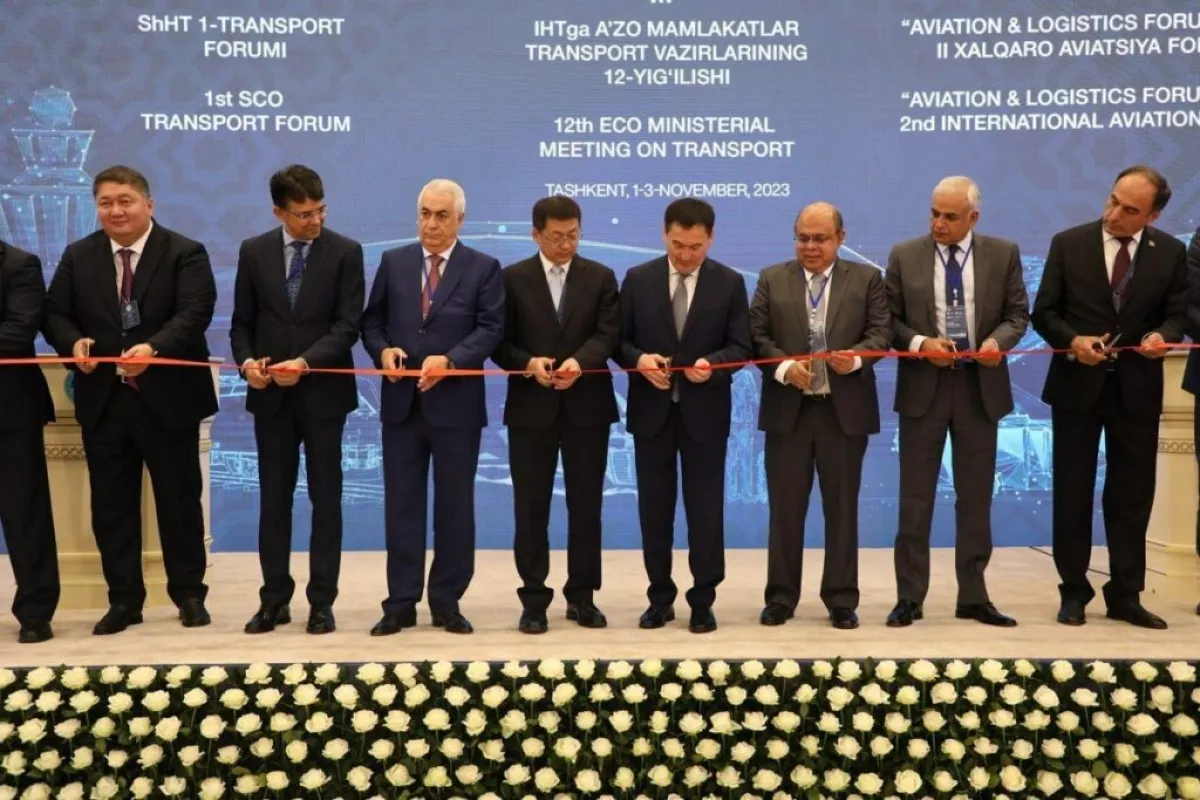
In 2023, Uzbekistan, Kazakhstan, and Russia, within the framework of the Shanghai Cooperation Organisation (SCO), signed a memorandum on the creation of the International Transport Corridor (ITC) "North–South" along the route Belarus – Russia – Kazakhstan – Uzbekistan – Afghanistan – Pakistan.
The route stretches 5,532 km, with a delivery time for goods not to exceed 20 days — three times faster compared to maritime transport.
According to the agreement signed by Afghanistan and Uzbekistan in February 2024, the preparation of the project and financial feasibility study for the Trans-Afghan Railway (TAR) is being carried out by the joint venture "ADL Ulanish" (Uzbekistan, UAE). However, interest in the project has also been shown by Qatar and Russian Railways (JSC “RZhD”).
At the 25th meeting of the Russian-Uzbek Intergovernmental Commission in December 2024, Russian First Deputy Prime Minister Denis Manturov announced the start of joint work on the preparation of the feasibility study for the Trans-Afghan Railway.
It was not specified whether this referred to the Kabul or Kandahar corridor. Moreover, Russia did not participate in signing the current agreement on preparing the feasibility study for the Trans-Afghan Railway on the Kabul route. This possibly indicates Moscow’s interest in alternative directions.
One such alternative is the "Lapis Lazuli Corridor," proposed back in 2012. Historically, this segment of the Great Silk Road was used to transport semi-precious stones and other goods.
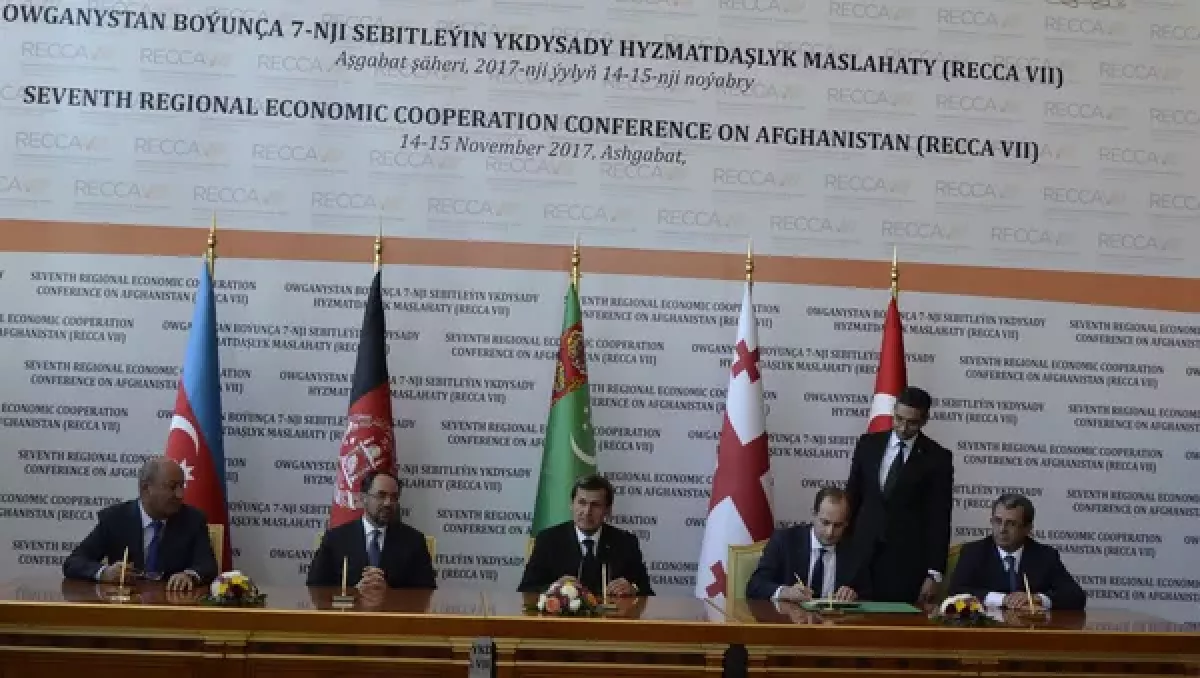
In October 2017, at the 7th Regional Economic Cooperation Conference on Afghanistan (RECCA), Afghanistan, Turkmenistan, Azerbaijan, Georgia, and Türkiye signed an agreement to create the "Lapis Lazuli Corridor." It is planned to run along the route Herat — Turghundi — Ashgabat — Turkmenbashi port — Baku. From there, goods will continue from Azerbaijan through Georgia to Türkiye.
Undoubtedly, the states in the region compete for transit flows. Turkmenistan now challenges Uzbekistan’s advantageous geographic position, while Kazakhstan is also eyeing Turkmenistan’s transport potential. However, there are no irreconcilable contradictions — both routes can be integrated into a single system.
For instance, the Taliban leadership already planned in 2023 the construction of a railway connecting Kandahar – Herat – Mazar-i-Sharif, which could unite the Kandahar and Kabul corridors. In this case, Iran would have the opportunity to extend its railway lines to the area of the Little Pamir (Wakhan Corridor), where the borders of Pakistan, Afghanistan, Tajikistan, and China converge.
One route for all
China plays a significant role in implementing these projects. Railway construction in Afghanistan will substantially enhance the transit potential for Chinese goods. Although China did not officially participate in signing the latest agreement on the Trans-Afghan Railway in Kabul, Beijing supports the initiative, seeing it as part of the Belt and Road strategy. Its influence in Afghanistan has increased since India’s reduced activity in 2021. Moreover, the Trans-Afghan corridor is expected to connect with the China-Kyrgyzstan-Uzbekistan (CKU) railway.
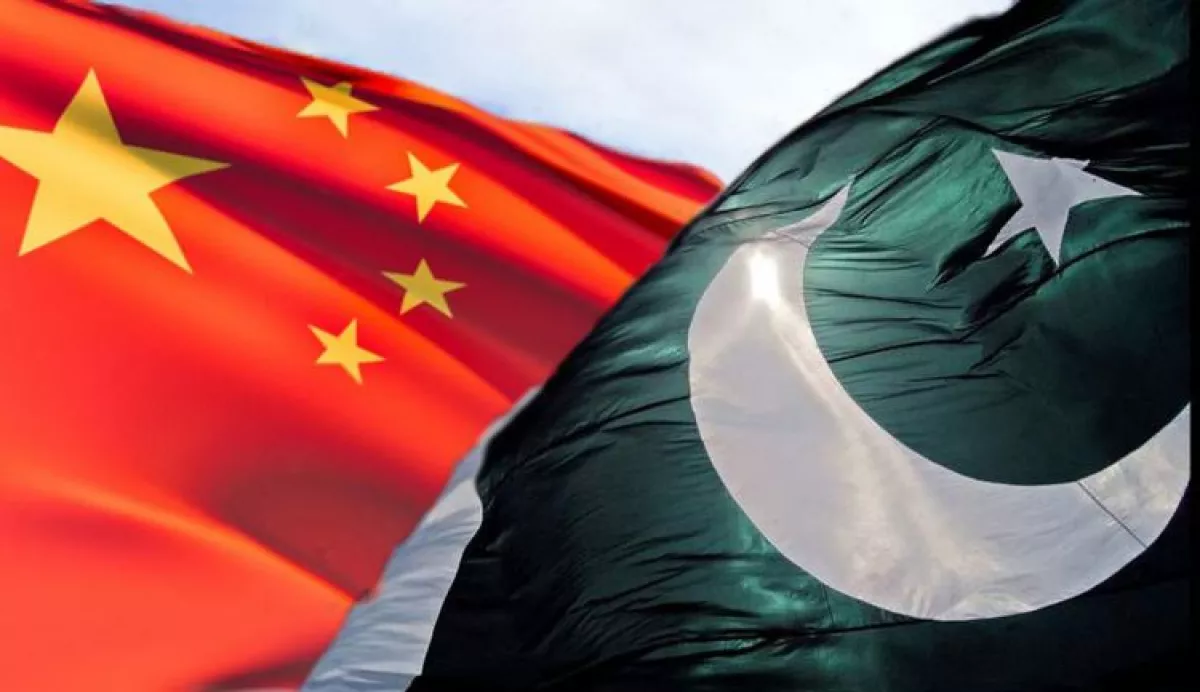
At the same time, China is implementing the China-Pakistan Economic Corridor (CPEC) — one of the largest projects of the Belt and Road Initiative. In May 2023, the Taliban expressed their intention to join CPEC. The current agreement on the Trans-Afghan Railway (TAR) demonstrates the strengthening role of Pakistan as a key logistics hub between China, Central Asia, and the Middle East. The signing of the agreement was preceded by two visits of Pakistan’s Deputy Prime Minister and Foreign Minister Ishaq Dar to Kabul, during which the details of the TAR construction were discussed.
Today, the TAR agreement is viewed not only as an infrastructure project but also as a political initiative aimed at strengthening stability, security, and mutual trust in the region. However, radical groups remain active, and opponents of regional integration may exploit this.
The initiative to create the Trans-Afghan Railway was first proposed by Uzbekistan in 2018. In February 2021, during the first trilateral meeting on TAR construction, the project received support from the World Bank, Asian Development Bank, European Bank for Reconstruction and Development, European Investment Bank, Islamic Development Bank, Asian Infrastructure Investment Bank, and the International Finance Corporation.
TAR is intended to provide Uzbekistan and other Central Asian countries with an alternative route to ports, bypassing Iran, especially amid escalating international tensions surrounding Iran.
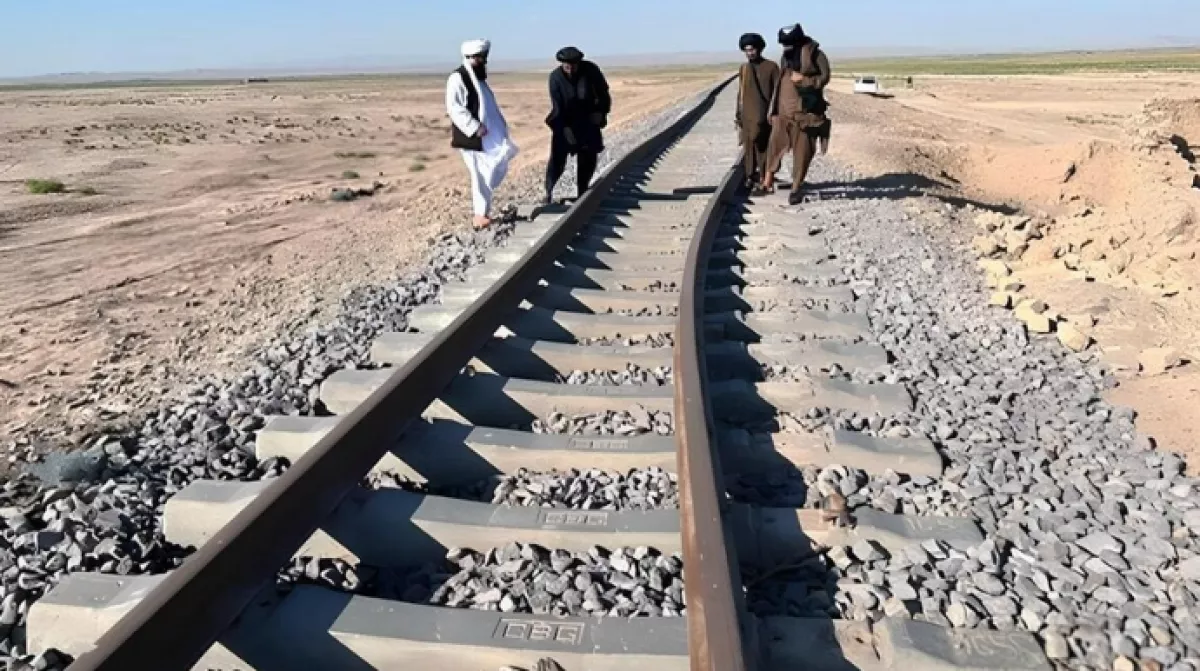
How the construction of the Trans-Afghan Railway will affect the regional balance of power, what actions its opponents will take, and what results will follow — time will tell. But the project itself holds significant potential for economic development and strengthening stability in the region.
The Trans-Afghan corridor will not only complement the existing transport system but will also become an effective alternative to the maritime route through the Black, Mediterranean, and Red Seas, which has become extremely unsafe amid the war in Ukraine and the escalation of the Palestinian-Israeli conflict.








